Locked Out of Your Windows 10 Computer? Here’s How to Regain Access
- Home
- Support
- Tips System Rescue
- Locked Out of Your Windows 10 Computer? Here’s How to Regain Access
Summary
Don't let a forgotten password or lockout keep you from your Windows 10 PC. Learn how to regain access in different scenarios and how to avoid getting locked out in the first place.
Table of contents
Start by downloading Renee PassNow from the official website and install it on a different computer that you can access. You can choose the appropriate version based on your computer’s operating system.

Remove Windows Login Password 3 steps for whole password remove process.
Recover the files Recover the deleted files without Windows system.
Transfer the data Transfer the important files of the computer with system.
Multifuctional Data transfer, data recovery, bootable problem recovery can be run without system.
Highly compatible Windows 11/10/8.1/8/7/XP/Vista. UEFI boot.
Remove Login Password Support Windows 11/10/8.1/8/7/XP/Vista. UEFI boot.
Recover the files Recover the deleted files without Windows system.
Transfer the data Transfer the important files of the computer with system.
Once you have downloaded and installed Renee PassNow, launch the program and insert a USB flash drive or blank CD/DVD into the computer. Then, select the option to create a bootable media and follow the on-screen instructions to complete the process.
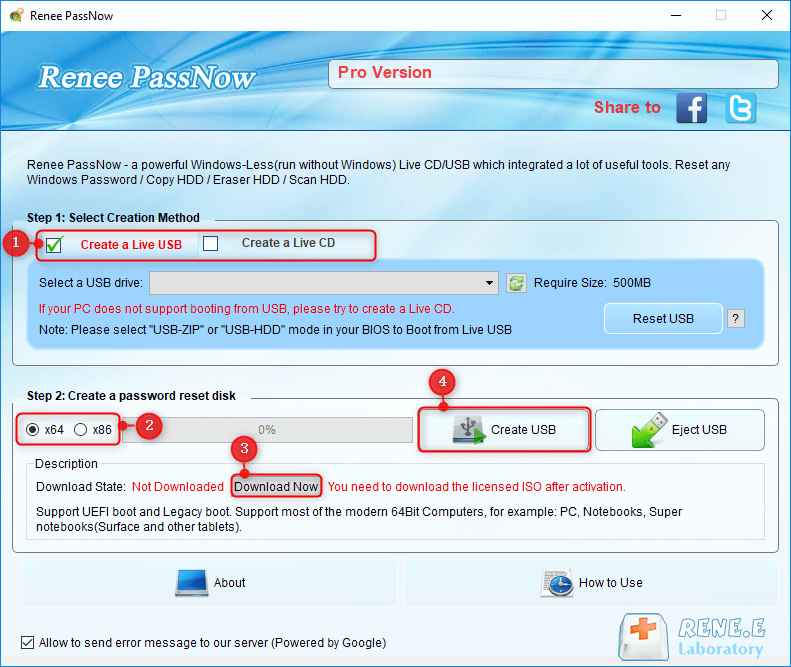
Insert the bootable USB or CD/DVD into the locked Windows computer. Restart the computer and enter the BIOS settings by pressing the appropriate key (usually F2 or Delete). Configure the boot order to prioritize the bootable media.
| Server Type | Enter boot menu method |
|---|---|
| DELL | Press the F12 key repeatedly before the Dell logo appears on the screen. |
| HP | Press the F9 key multiple times when the HP logo is displayed. |
| BIOS Name | Enter boot menu method |
|---|---|
| ASRock | DEL or F2 |
| ASUS | DEL or F2 for PCs/ DEL or F2 for Motherboards |
| Acer | DEL or F2 |
| Dell | F12 or F2 |
| ECS | DEL |
| Gigabyte / Aorus | DEL or F2 |
| Lenovo (Consumer Laptops) | F2 or Fn + F2 |
| Lenovo (Desktops) | F1 |
| Lenovo (ThinkPads) | Enter then F1 |
| MSI | DEL |
| Microsoft Surface Tablets | Press and hold Power and Volume Up buttons |
| Origin PC | F2 |
| Samsung | F2 |
| Toshiba | F2 |
| Zotac | DEL |
| HP | Esc/ F9 for `Boot Menu`/ Esc/ F10/ Storage tab/ Boot Order/ Legacy Boot Sources |
| INTEL | F10 |

After successfully booting from the bootable media, Renee PassNow will load. Select “PassNow!” function after booting from the new created Windows password reset disk.
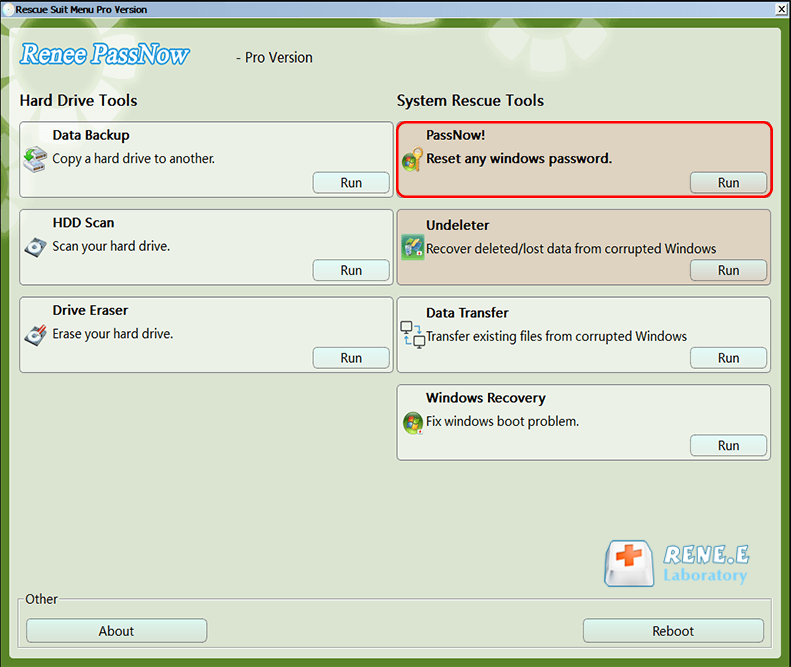
Choose the user account for which you want to reset the password. Then, click on the “Clear Password” button. Renee PassNow will remove or reset the password for the selected user account.
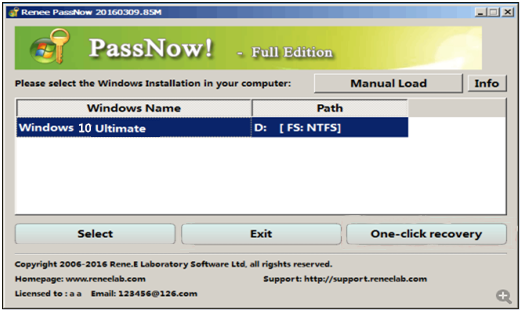
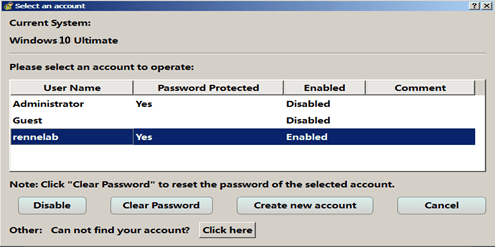
- Allows you to reset or remove the password to unlock a Windows 10 account without losing any data.
- Can be used on a different computer, making it accessible even if you are locked out of your own computer.
Cons:
- Requires a different computer and a bootable media to be created beforehand.
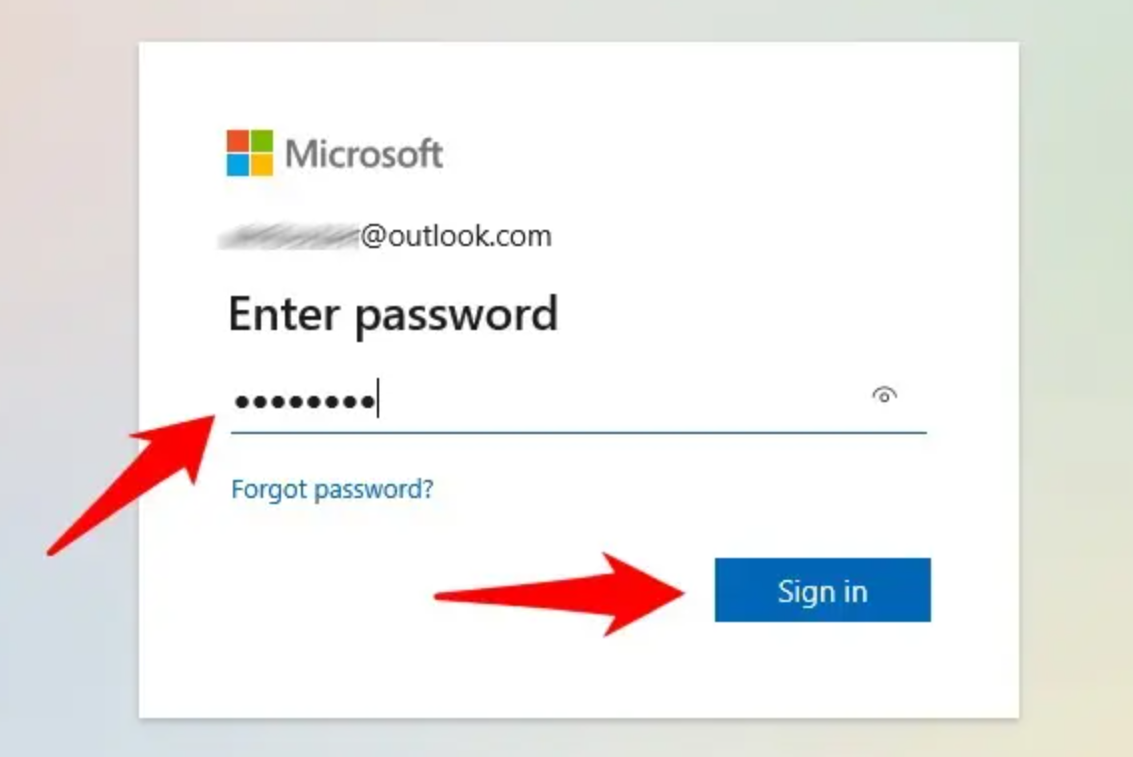
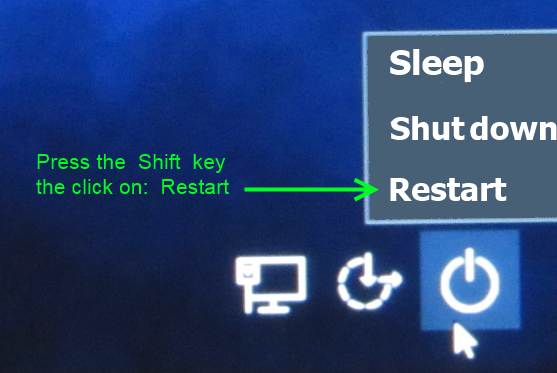
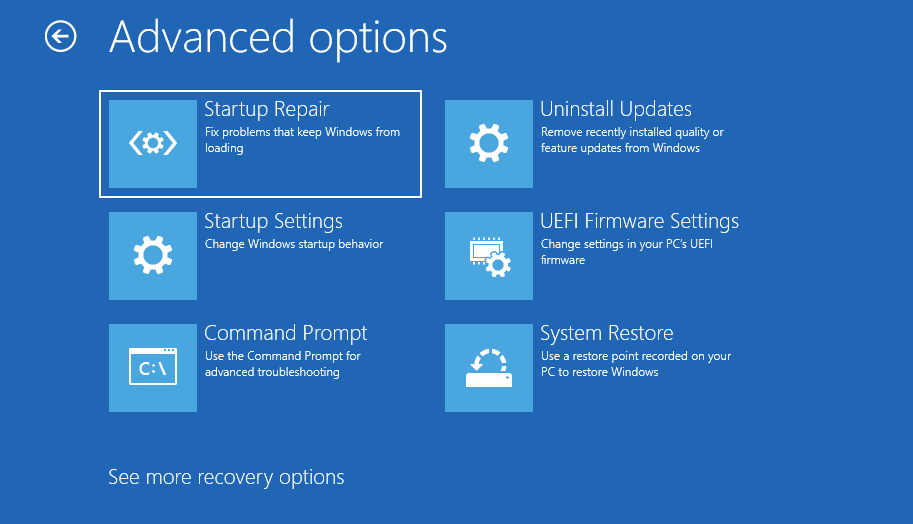
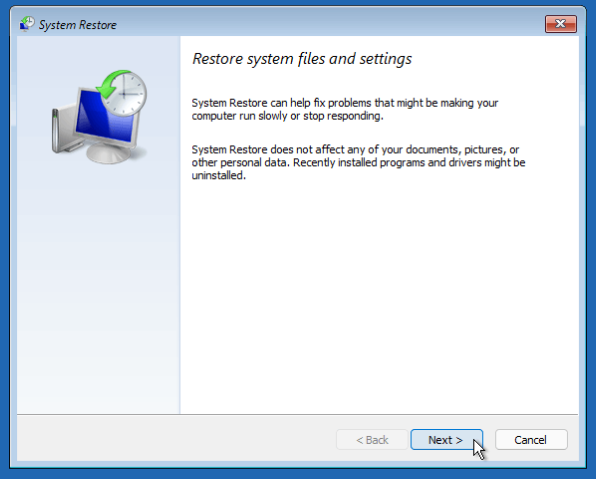
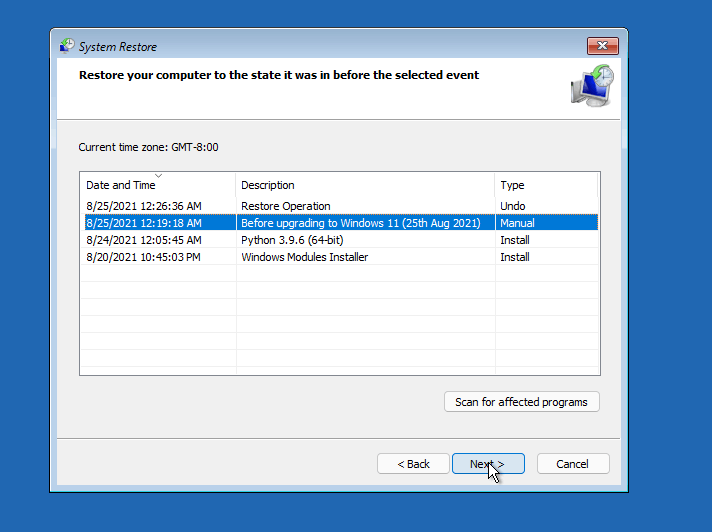
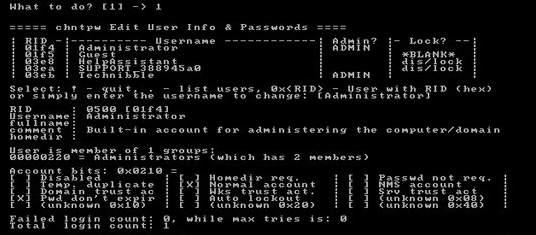
wmic path SoftwareLicensingService get OA3xOriginalProductKey
- Provides a reliable workaround for users locked out of their accounts
Cons:
- Technical and not user-friendly for those unfamiliar with system recovery procedures
- Incorrect usage can lead to data loss or system instability
| Windows Version | Download Link | Requirement |
|---|---|---|
| Windows XP | https://isoriver.com/windows-xp-iso-download/ | - |
| Windows 7 | https://learn.microsoft.com/lifecycle/products/windows-7 | PC with a working Internet connection/ a blank USB flash drive or DVD with at least 8 GB of available storage space/ a product key |
| Windows 8/8.1 | https://www.microsoft.com/software-download/windows8 | Same to above |
| Windows 10 | https://www.microsoft.com/software-download/windows10 | Same to above |
| Windows 11 | https://www.microsoft.com/software-download/windows11 | Same to above |
net user "USER_NAME" *
net user "USER_NAME" "NEW_PASSWORD"
Relate Links :
Locked Out of Lenovo Laptop in Windows 10? Here's How to Regain Access!
24-10-2023
Amanda J. Brook : Struggling with being locked out of your Lenovo laptop in Windows 10? Don't worry, we've got you covered...
Bypassing Windows 10 Login without Password: A Comprehensive Guide
20-11-2023
Ashley S. Miller : Forgot your Windows 10 login password and need to bypass it? This comprehensive guide will show you four...
Unlock Your iPhone 4: How to Factory Reset Without Passcode and iTunes
20-11-2023
John Weaver : Get locked out of your iPhone 4? Don't worry! This article will guide you on how to factory...
Unlock iPhone 8: How to factory reset iPhone 8 without passcode?
17-11-2023
Jennifer Thatcher : Discover how to reset your iPhone 8 to factory settings without a passcode in this easy-to-follow guide. Learn...




